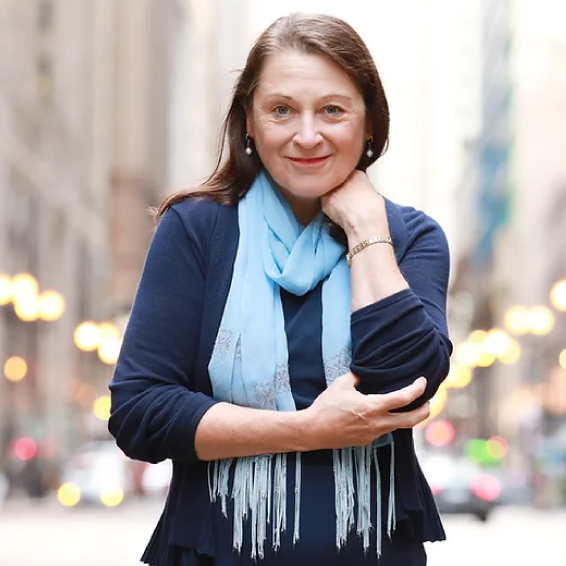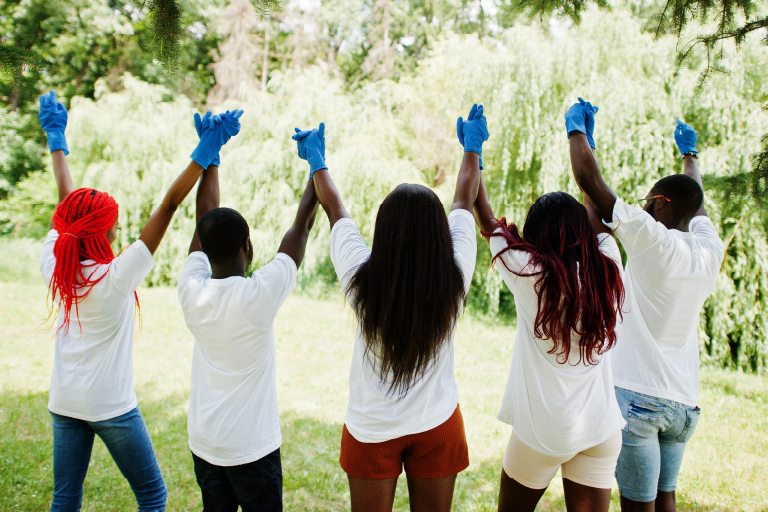Caren Croland Yanis is an independent advisor and a member of the Board of Visitors at IU’s Lilly Family School of Philanthropy. Caren was the Executive Director of the Oprah Winfrey Foundations in the 2000s, and then the President of Crown Family Philanthropies before starting her own firm, Croland Consulting, in 2016.
It’s long been known that power imbalances exist in philanthropic giving but identifying those imbalances may yield some surprises. Lopsidedness in the philanthropic sector goes beyond the donor-nonprofit relationship. It crosses generations and vocations. Inequities live in the myths and assumptions, and the very way we think about philanthropy. Here’s where we need a paradigm shift.
Grantor/Grantee Relationships
Inherent imbalances in the relationships between donors and nonprofits are straightforward: donors have money, networks, time and authority, and non-profits need those resources to do the work they set out to do in the world. Keep in mind that 75% of public charities, according to the National Council of Nonprofits, have less than six months of reserves on hand and 10% only have enough to keep the lights on for thirty days.
For charities, navigating the power imbalance may mean life or death, and for donors, it’s the difference between being told what you want to hear and reality. Anand Giridharadas, author of the controversial book, “Winners Take All: The Elite Charade of Changing the World,” said, “I’ve found that real change escapes many changemakers because powerful illusion guides their projects.” Bryan Stevenson has the solution to those illusions when he talks about the importance of “being proximate" to the communities we invest in and working closely with the people who will be affected by those investments. Often that takes a lot of time, but inevitably it leads to stronger results.



